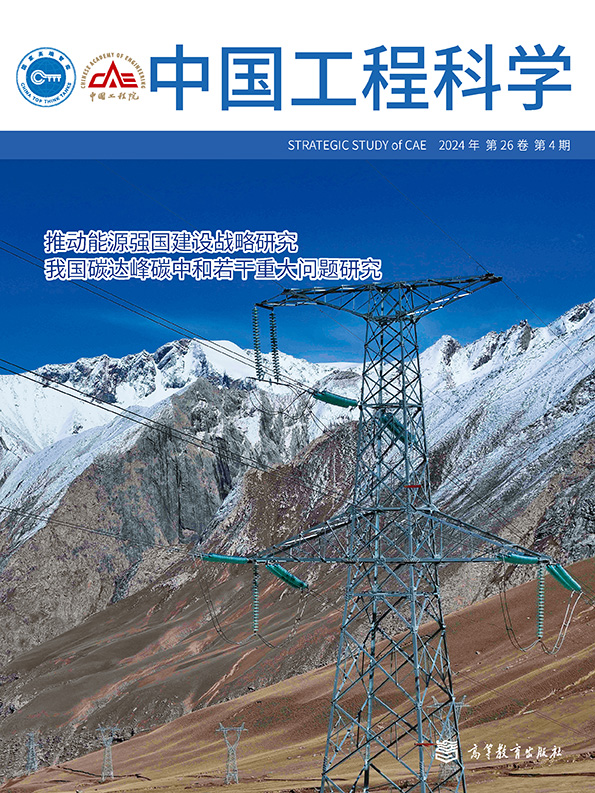Geoenvironmental Hazard Risks and Monitoring Technologies for Marine Carbon Sequestration
引用次数: 0
Abstract
: Marine carbon geological sequestration is crucial for achieving carbon peaking and carbon neutralization in China. However, there exist risks of carbon dioxide (CO 2 ) leakage that leads to seabed geological disasters, severely threatening the safety of marine engineering. Therefore, it is of great practical significance to monitor the environmental geology of sequestration areas. This study briefly introduces several demonstration cases of marine carbon geological sequestration and explores the disaster mechanism associated with CO 2 leakage in seabed sequestration areas. It also sorts out the marine environment monitoring technologies in typical CO 2 controlled release tests via examples and analyzes the environmental geology monitoring technologies related to CO 2 leakage, including seismic investigation and monitoring, resistivity monitoring, gravity monitoring, seabed deformation monitoring, and sediment pore pressure monitoring. Moreover, the prospects of China ’ s marine carbon geological sequestration and its environmental geology monitoring are presented. We suggest that long-time, low-cost, and real-time monitoring海洋碳封存的地球环境危害风险与监测技术
本文章由计算机程序翻译,如有差异,请以英文原文为准。
求助全文
约1分钟内获得全文
求助全文
来源期刊
自引率
0.00%
发文量
4428
期刊介绍:
"Strategic Study of CAE" is supervised by the Chinese Academy of Engineering, hosted by the Strategic Consulting Center of the Chinese Academy of Engineering and Higher Education Press Limited Company, and published by the Strategic Study of CAE Editorial Department. This journal is one of the "1+9+1" series of journals of the Chinese Academy of Engineering, and its editorial board is the Consulting Working Committee of the Chinese Academy of Engineering.
This bimonthly journal is published in Chinese. It is a core Chinese journal and a core journal of Chinese science and technology, included in the Chinese Science Citation Database (CSCD), the Japan Science and Technology Agency (JST) database, and the Swedish DOAJ database.
The journal is positioned as an academic journal for strategic consulting in engineering and technology, mainly publishing academic papers that reflect the results of strategic consulting research in China's engineering and technology. It aims to provide counsel for the government's scientific decision-making, guidance for the industry's scientific development, and references for related academic research.

 求助内容:
求助内容: 应助结果提醒方式:
应助结果提醒方式:


